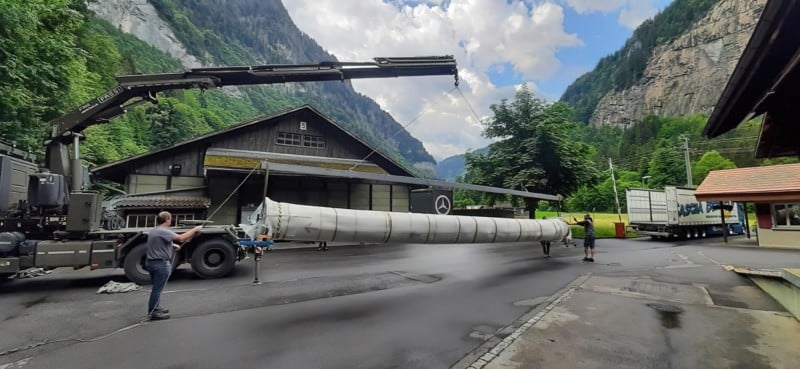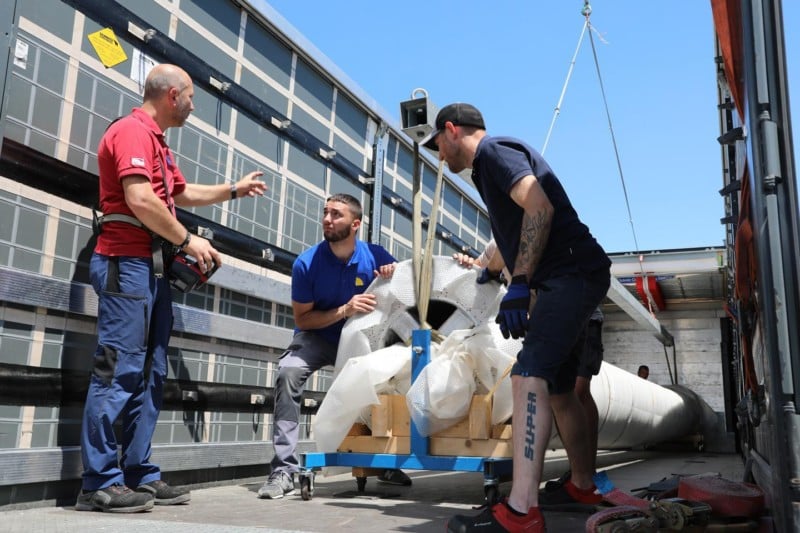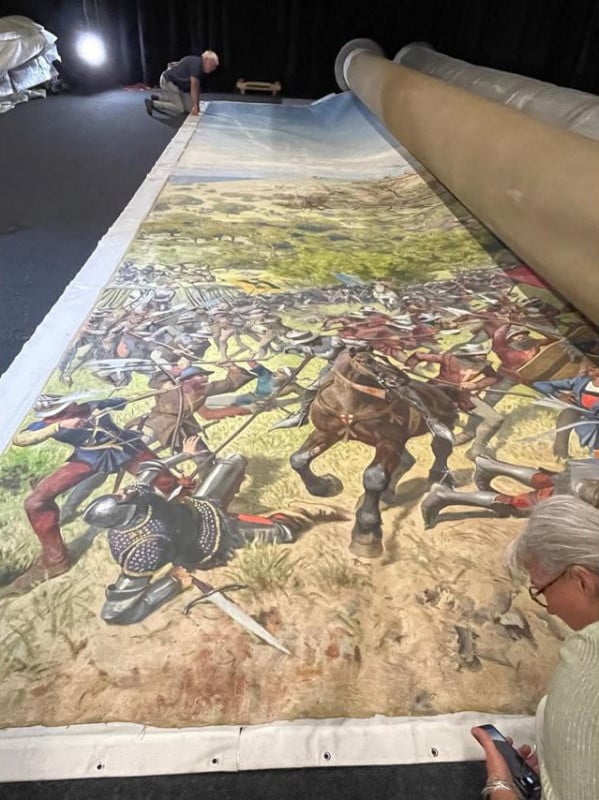Lab to Create 1,600-Gigapixel ‘Digital Twin’ of 1893 Panoramic Painting
![]()
An EPFL lab is preparing to digitize The Panorama of the Battle of Murten, a 100 by 10-meter painting created in 1893 by Louis Braun, in an undertaking that will yield one of the largest digital images ever made.
The EPFL (École polytechnique fédérale de Lausanne) is one of two Swiss Federal Institutes of Technology that is located on the shores of Lake Geneva.
Sarah Kenderdine, head of the Laboratory for Experimental Museology at the EPFL, is leading the digitization of a massive panoramic work called The Panorama of the Battle of Murten by Louis Braun. Braun, who lived from 1836 until 1916, was a history painter who is known as a master of large format canvases. By the late 19th century, he was the foremost panorama painter in Germany, a genre that died out with Braun.
To describe The Panorama of the Battle of Murten as massive undersells its size:

The painting depicts the moment that Swiss Confederates gained the upper hand against the Duchy of Burgundy during its 1476 invasion. It has never been permanently mounted for public presentation. Outside of just two instances, once in Zurich and Geneva in the late 19th century and again briefly in 2002 at the Swiss National Exposition, the giant panoramic painting has spent the majority of its existence away from the public eye, including spending the last 20 years in a military storage facility.
At present, one of the few ways to enjoy the painting is via the Murten Panorama website

But thanks to a collaboration between the EPFL and the Stiftung für das Panorama der Schlacht bei Murten (Foundation for the Panorama of the Battle of Murten), the painting will be meticulously photographed and turned into a massive “digital twin” so that it can be enjoyed by the public.

According to the EPFL, the researchers, led by Kenderdine, are preparing a large-scale mechanical platform that will hold the conservators above the painting as well as the camera rig that will take approximately 400,000 photos of the masterpiece to create a 1,600-gigapixel final photo.
A Massive 1,600-Gigapixel Photo
The team intends to use the iXH 150-megapixel digital camera from Phase One, a device that was purpose-built for the digitization of cultural heritage objects. The EPFL says the process is expected to take four months as the camera will take photos with and beyond the RGB (red, green, and blue) color spectrum thanks to multispectral imaging.
“As far as any published research has established, this is expected to be the largest single seamless image ever created at 1,600 gigapixels. That’s 1.6 trillion pixels, or picture elements,” Kenderdine says.
“The post-production and data science aspects of handling such a large image for a range of stakeholders are crucial to the research outcomes.”

The original painting was intended to be displayed in a circle or rotunda, and as such it has what is called a hyperboloid shape. As a result, it doesn’t lay down flat in 2D particularly well and it will need to be carefully spooled across a substrate to ensure a smooth capture process.
But once the capture process is complete, the EPFL says that it will be able to be placed into an interactive, 360-degree viewing experience for the public. The goal is to finish this endeavor by 2026 to mark the 550th anniversary of the battle depicted in the painting.
“The Murten Panorama is a national treasure, and our project opens us up to a new approach to Swiss history and culture,” Daniel Jaquet, a military historian and member of the Foundation Committee, says.
“It contains not only highly detailed depictions of a battle, but also very rich sociocultural aspects, through the lens of the late 19th-century worldview. With its digitization, we are set free from the confines of a traditional military history approach.”
Image Credits: College of humanities, CDH, Creative Commons